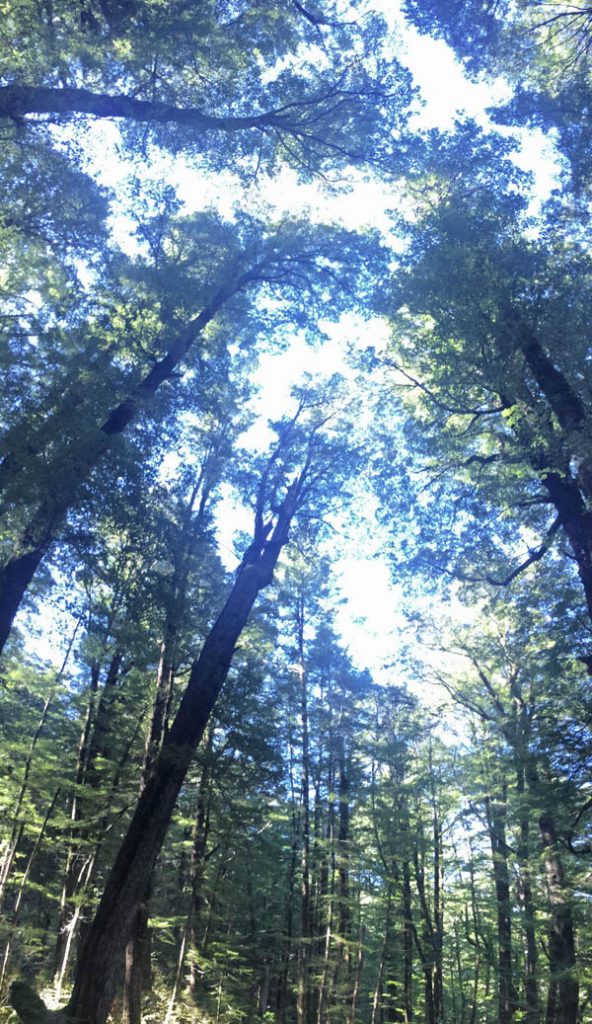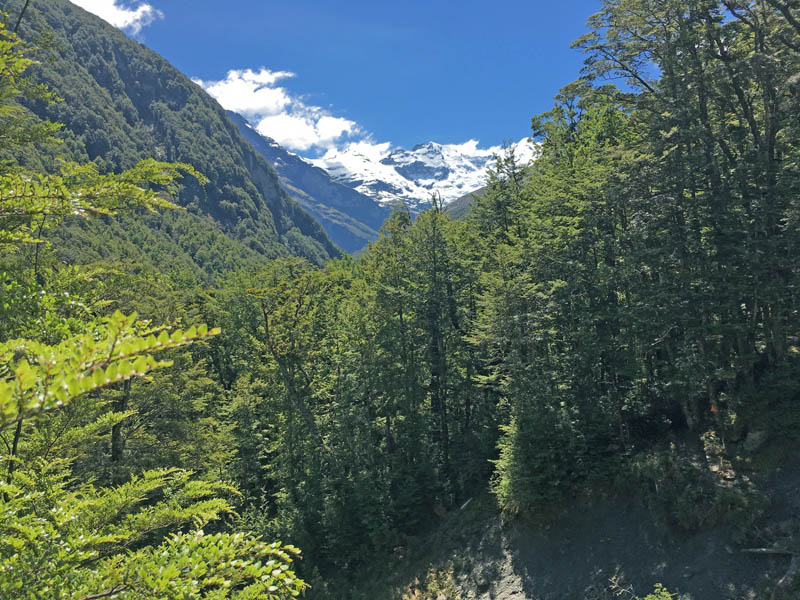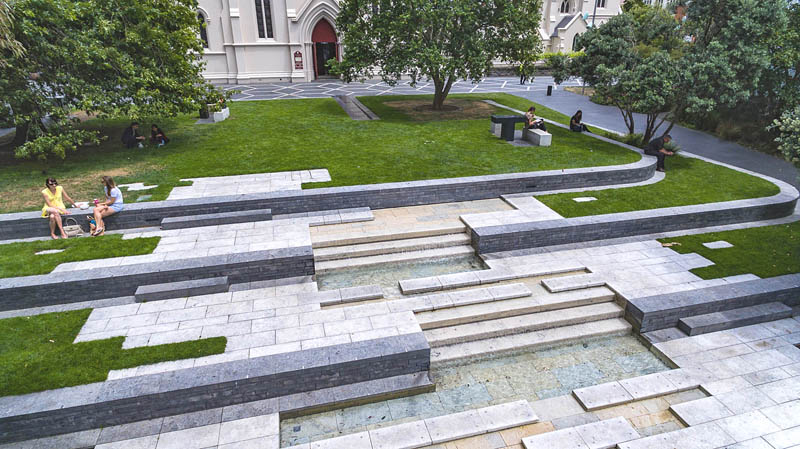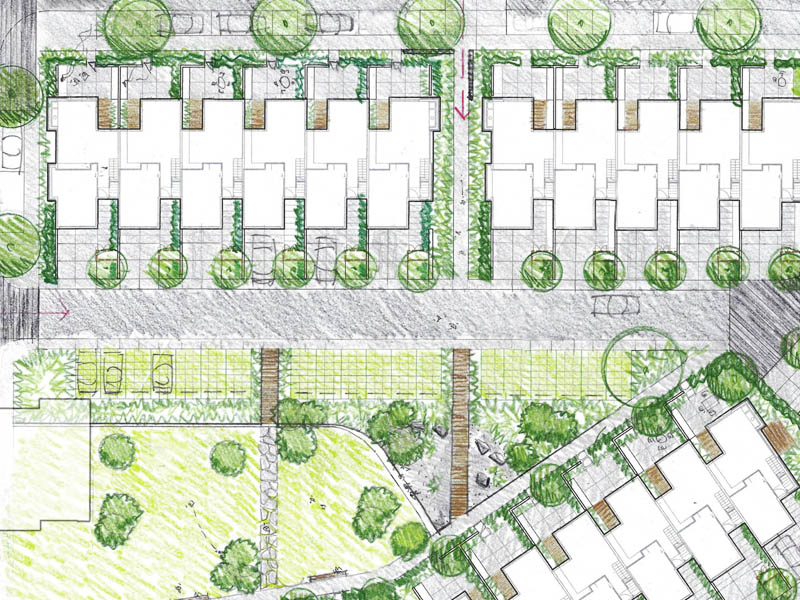I often tell people who are wondering if a plant will survive in their area to look around and see what’s already growing. If this is true for the Wakatipu Basin, beech trees would be the number one contender for mainstay tree of the region.
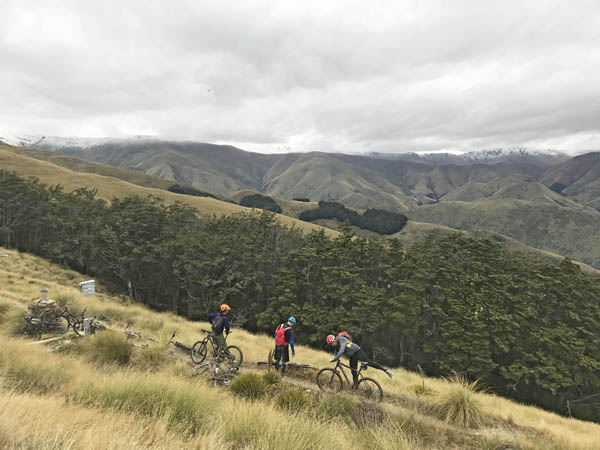
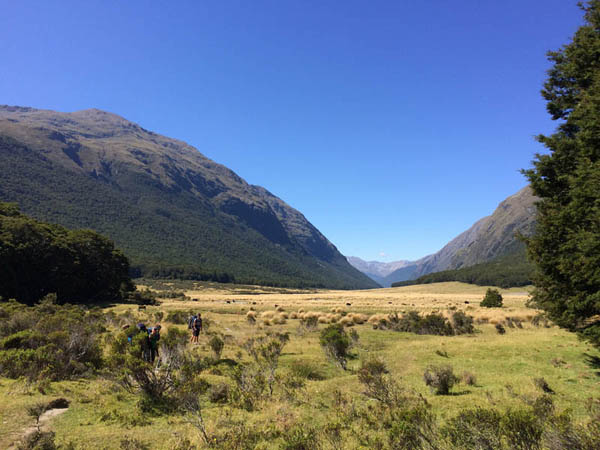
Beech forest covers more than 2.9 million hectares of New Zealand. Around Queenstown some decent original stands remain in isolated pockets up in the hills and high country. Further west in the mountain slopes of Glenorchy and Paradise, beech forest cloaks the slopes from valley floor to the snow line.
In most situations in the Wakatipu Basin its one of the most versatile, fast growing and hardy trees. I have see a situation at Jacks Point where it has outgrown Leyandii Cypress, which is considered the fastest growing shelter tree in the southern region.
It can be used as a majestic specimen tree or as a versatile, fast growing hedge species. People underestimate how fast they can grow to a very large size in the right conditions. Growth rates in Central Otago average around 500mm and up to 1m / year in some cases. When planted as a hedge, similar to hornbeam and other hedge species it can be trimmed frequently to keep a low profile. Most hedge tree species, when left to grow without trimming will grow into 20m high trees.
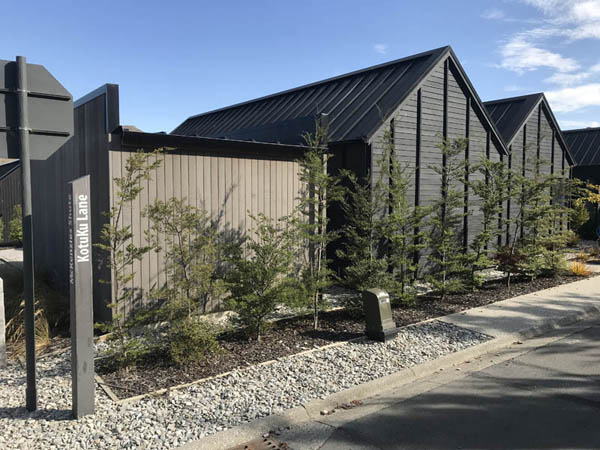
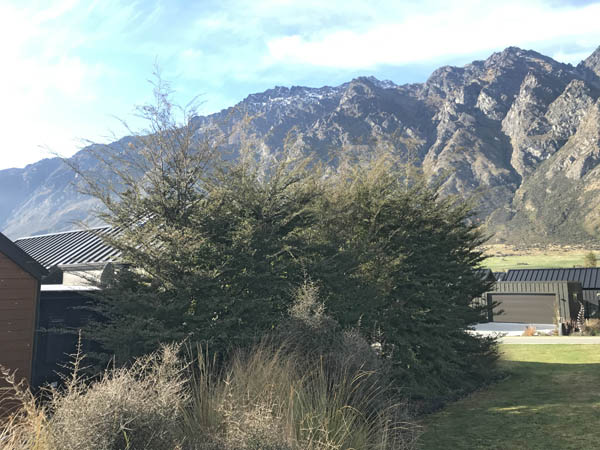
In re-vegetation situations I promote it to be planted very close together in large clusters, as this is how it grows from seed in the wild. When tramping in the bush it is common to see areas that have been cleared by wind, avalanche or rock falls where the ground has been bombed with beech seedlings.
Over time planted beech forest will start to naturally self seed and spread in a similar way, if predators and grazing are kept away and moisture levels are high. Mature beech trees have one large seed year every 10 years (up to 50 million seeds per hectare), with smaller seed years roughly 3 times every 10 years.
Some of the healthiest planted beech trees in the region have been planted this way. Some isolated trees will also do well, but in windy and cold situations best success will be gained in tight groupings.
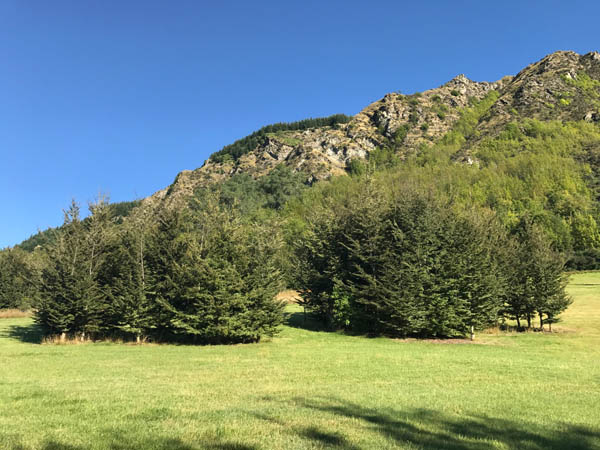
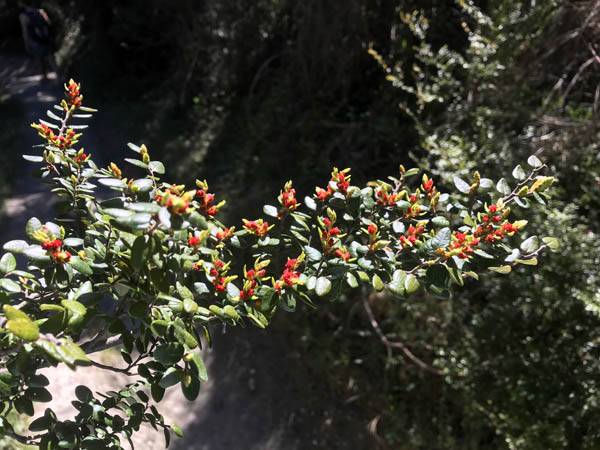
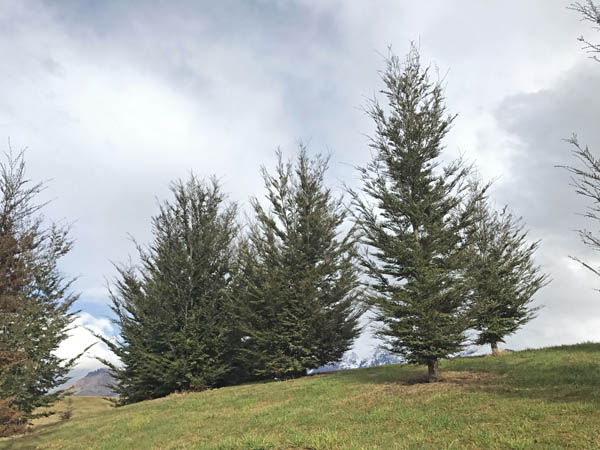
SITE Landscape Architects helped out with design work for the Treespace Project on Mount Dewar Station. The project will see the re-vegetation of the mountain with 140,000 mountain beech trees, which over time will bring back the mountain to it’s original pre-human state. Within the forest there will be 53 small mountain cabin sites that will help fund the project.
